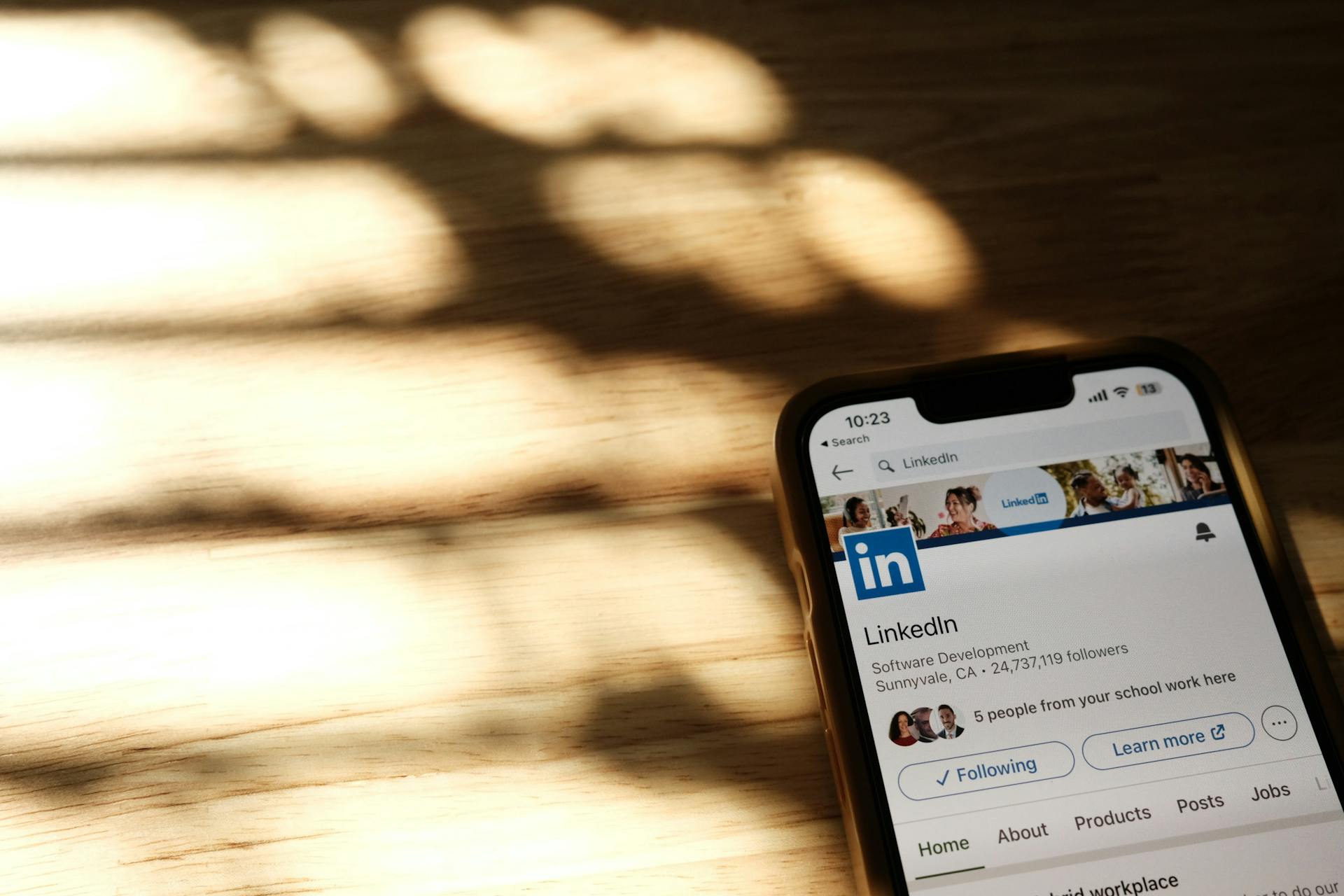Choosing which social network platforms to use for your business can be a chore. There are so many to choose from, and each one has its own audience, algorithms and advantages. One that doesn’t often make the cut — but maybe should be on more advisors’ radars — is LinkedIn.
In comparison to other platforms, LinkedIn users tend to be more business-focused and professional, making the website an ideal place for travel pros to promote their skills. According to an article titled “Important LinkedIn Statistics Data & Trends,” published at the end of 2023, there are more than 900 million users on the platform, and approximately 200 million of those users reside in the United States. That’s a lot of potential clients.
Almost 60% of these users fall within the age range of 25 to 34. This isn’t surprising, as these are popular years when people are finding jobs and making career shifts. And despite what many people think, this age range is also the most likely to use a travel advisor, according to a recent survey conducted by IBS Software.
On a Travel Professional NEWS webinar titled “Leveraging the Power of LinkedIn for Your Travel Business,” Travel Planners International’s VP Industry Engagement and Support for Travel Planners International, Jenn Lee, said for travel advisors, it all comes down to making connections.
“You guys are in sales, and all sales is, is connection,” Lee said. “It’s really about making a connection with somebody. That’s how we sell. You have to build rapport, gain trust, and you do that through connection.”
So, if you’re interested in diving into the world of LinkedIn to make those connections, here are seven tips to keep in mind for using the platform to its full potential.
Choose a Catchy Headline
It’s inevitable that most people do, to an extent, judge a book by its cover, so you’ll want to make sure your “cover” is catchy. In addition to your name and headshot, the headline on your profile is what viewers will see first. “This headline is what people see. A headline needs to be relevant and really sharp,” Lee said.
Your headline should be straightforward so potential clients understand exactly what it is you can help with. Some examples might be “Luxury Travel Advisor,” “Family Travel Specialist” or “Adventure Travel Planner.” If you choose to create a more out-of-the-box headline to stand apart, make sure it still describes what your services are.

Write a Compelling Summary
Similar to the headline, the summary is a place to let consumers know what you do and also share a bit more about yourself. Is there a certain destination you know like the back of your hand? Does your agency specialize in a specific niche?
This is a great place to elaborate on those things, and in doing so, you’ll encourage the audience to learn more about you. If you sound confident in your summary, they’ll be confident in reaching out to you. According to Teal’s Travel Agent LinkedIn Guide, “the summary is not just about listing services, but about painting a picture of the memorable and stress-free experiences you can curate for travelers.”
Showcase Your Expertise
There’s no need to be modest on LinkedIn. People are coming to your profile to learn more about you, and you should feel comfortable sharing your accomplishments. Don’t hesitate to list your certifications and industry recognition on your profile.
You can also create engaging posts around your milestones. Are you celebrating 10 years in the business? Design a post about this and ask your clients to share their favorite vacations they’ve booked with you over the years.
Ask for Testimonials and Endorsements
Speaking of past clients, it’s helpful to share testimonials on your profile. What is the first thing most people do when deciding to visit a new restaurant, hotel or gym? They search the facility online and look at reviews. Clients will be looking for reviews on your profile too.
Similarly, having colleagues and industry partners endorse you for various skills helps you to look more credible. Some of these skills could include travel planning, destination knowledge and customer service. Having a handful of testimonials from clients and endorsements from partners can help persuade prospective clients to reach out to you.
Provide Valuable Content
It’s important to supply helpful content for people to consume on your page. Consider writing articles, creating guides and sharing tips for travelers. Viewers also like to see behind the scenes content, i.e. packing your suitcase, touring a resort, sharing the types of trips you’re planning.
If you have a niche, make sure you’re creating content that revolves around this. Who are the clients you are looking for: wedding couples, families, solo travelers? Make sure your content speaks to these types of travelers. Using hashtags can help get your content in front of the right people.

Engage With Related Content
In addition to creating content, an ideal way to reach even more LinkedIn users is by engaging with content outside of your own. As you begin following and connecting with other users in the travel industry, you’ll start to see interesting content that resonates with you.
Reacting to and commenting on these types of posts can help get your name out there so like-minded travelers can find you and work with you. Teal’s LinkedIn Guide says if people see that you are engaging with this type of content, it demonstrates your commitment to the travel industry.
Keep Your Profile Updated
Don’t let your potential clients see an outdated profile. Travel advisors are busy, but if you’re choosing to have a social network platform, make sure it’s up to date. Confirm your headshot, headline and summary are in line with what your agency is all about.
If you complete a certification, add it to your profile. If you get recognized or awarded for something in the industry, add it to your profile. Update these things as needed, otherwise, a general rule of thumb is to make updates every three to six months.
LinkedIn Tools To Utilize
- LinkedIn Sales Navigator: To find and target the right leads.
- Crystal: To communicate better with connections.
- SocialPilot: To schedule, post and analyze content.
- LinkedIn Learning: For continued education.
This article originally appeared in the Summer 2024 issue of The Compass magazine.






comments